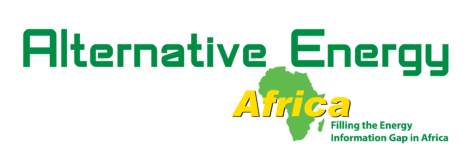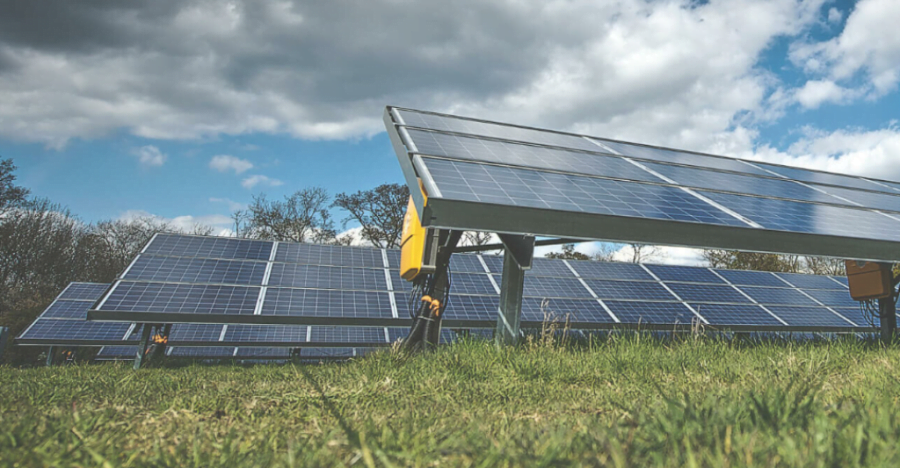bp aims to increase investment in its Transition Growth Engines (TGEs) by up to $1 billion a year on average, or up to a cumulative additional $8 billion to 2030. bp’s investment in its TGEs is now expected to reach $7-9 billion a year in 2030(4) – with cumulative investment over 2023-2030 around $55-65 billion.
bp says it will invest around half of this cumulative total in the TGEs where bp has established businesses, capabilities and track record – in bioenergy, and in convenience and EV charging; the other half in hydrogen and renewables & power.
bp expects to achieve returns of greater than 15% from bioenergy, and from convenience and EV charging combined, and double digit returns from hydrogen. It expects 6-8% unlevered returns in renewables.
Earnings from bp’s TGEs are expected to grow as a result of these changes. bp now expects the TGEs to deliver $3-4 billion EBITDA in 2025, and is aiming for $10-12 billion in 2030, comprising: over $4 billion from bioenergy; over $4 billion from convenience and EV charging; and $2-3 billion from hydrogen and renewables & power.
Bernard Looney: “We will increase our focus on the transition growth engines able to deliver nearer-term solutions – like EV chargers and sustainable aviation fuels – that can help people and businesses decarbonize sooner. And we will continue to build our hydrogen and renewables and power businesses for the longer term, based around projects where bp’s integrated approach can create significant additional value.”
Bioenergy: bp plans to grow its established bioenergy businesses materially. It plans to increase its supply of biogas six-fold, underpinned by Archaea Energy, to up to 70,000 barrels of oil equivalent a day in 2030. bp aims to increase biofuel production to around 100,000 barrels a day by 2030, supported by five major new projects at bp refineries, focused on production of sustainable aviation fuel.
Convenience and EV charging: expansion of bp’s strategic convenience site networks is expected to drive growth in bp’s convenience gross margin by around 10% a year to 2030. Together with EV charging they are expected to help grow bp’s ability to offer lower carbon transport solutions for customers. Today bp has 22,000 EV charge points and aims for more than 100,000 by 2030 – around 90% rapid or ultra-fast. It is developing leading positions in key geographies worldwide, underpinned by partnerships with major fleet operators.
Hydrogen and renewables & power: through this decade bp aims to establish the foundations of a material business for the future. bp aims to build a leading position globally in hydrogen, initially supplying its own refineries, scaling up to meet growing customer demand and in parallel, as markets develop, developing global export hubs for hydrogen and its derivatives. By 2030 bp aims to produce between 0.5-0.7 million tonnes a year of primarily green hydrogen, also pursuing selected blue hydrogen opportunities.
In renewables & power, bp will focus investment on opportunities where it can create integration value and enhance returns. bp aims to build a portfolio – including a global position in offshore wind – in support of green hydrogen, e-fuels, EV charging and power trading, together with continued growth in its self-funded solar joint venture Lightsource bp. bp remains on track to deliver its aim of having developed 50GW renewable power to FID by 2030; of this it aims to have around 10GW net installed capacity – largely operated. bp also expects to have assets under construction and for Lightsource bp to contribute materially.

